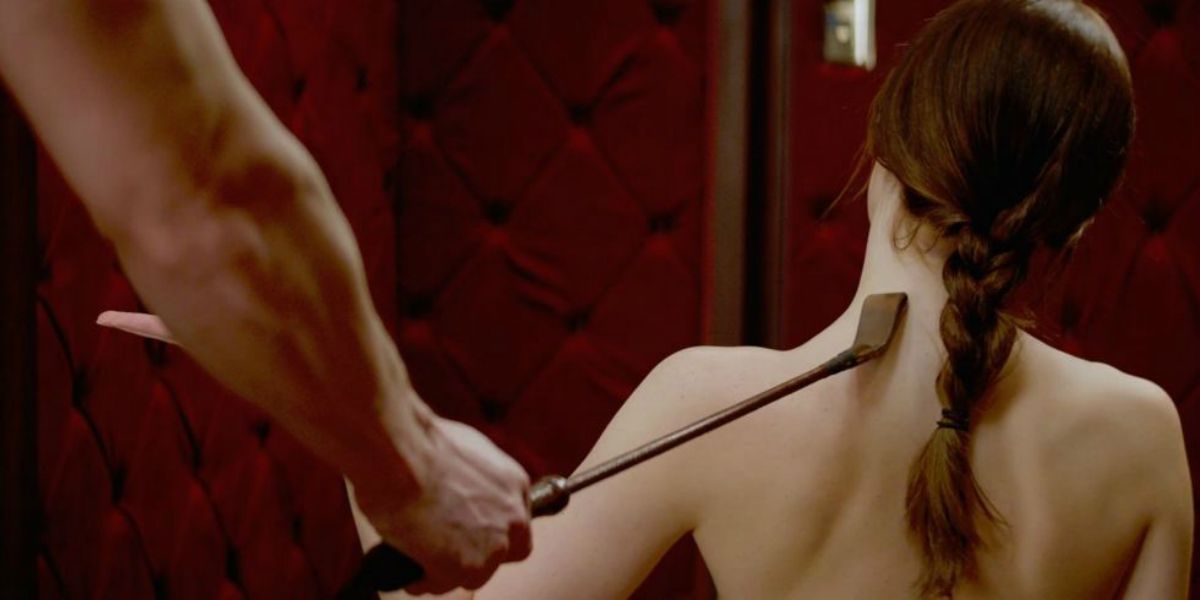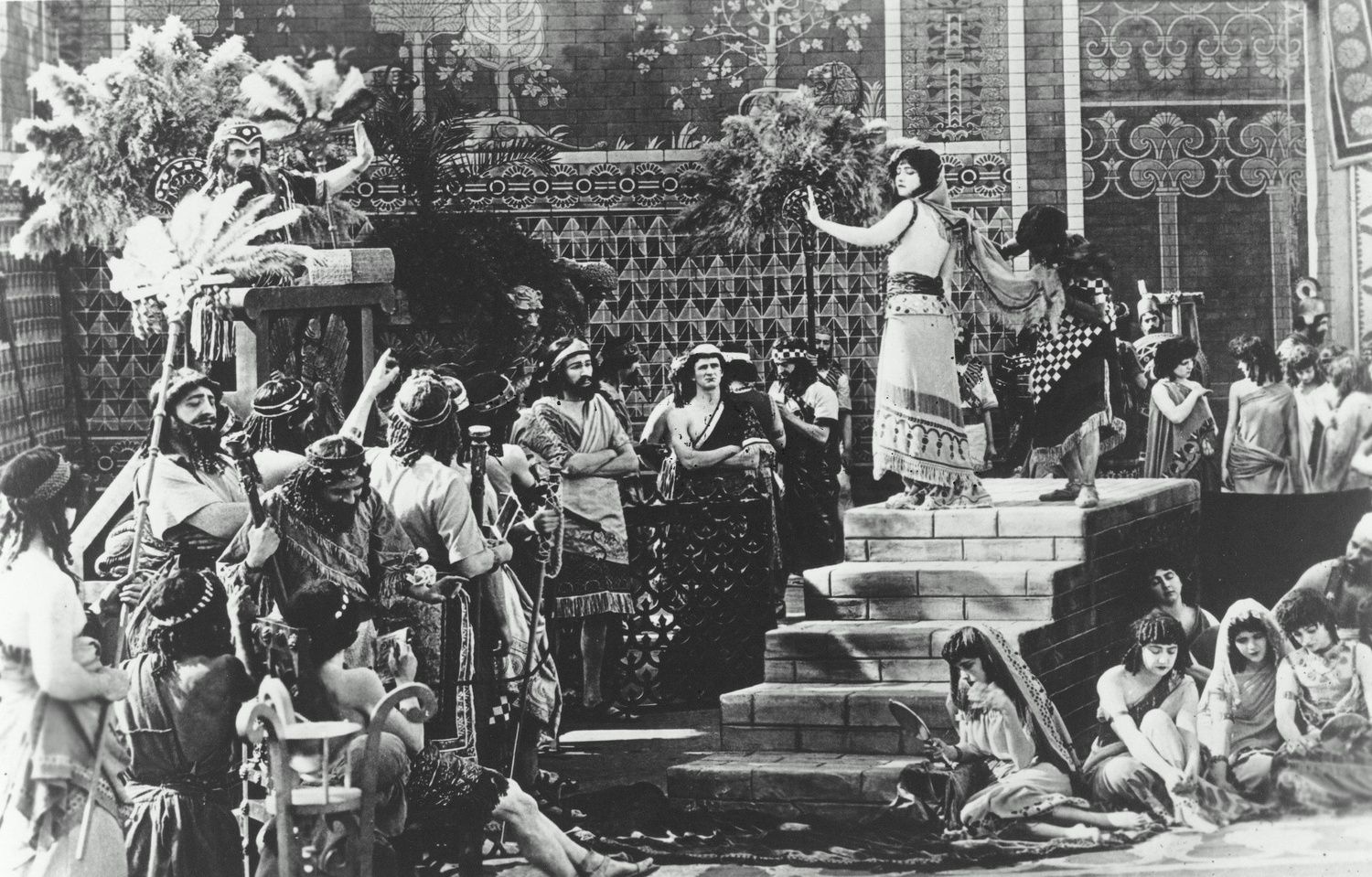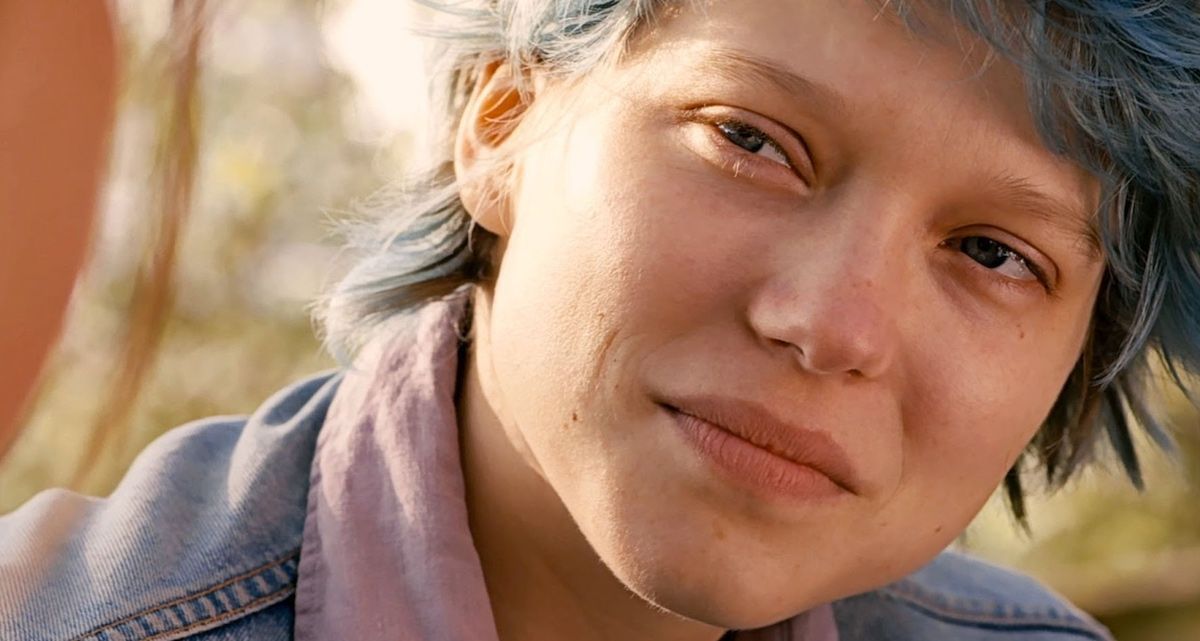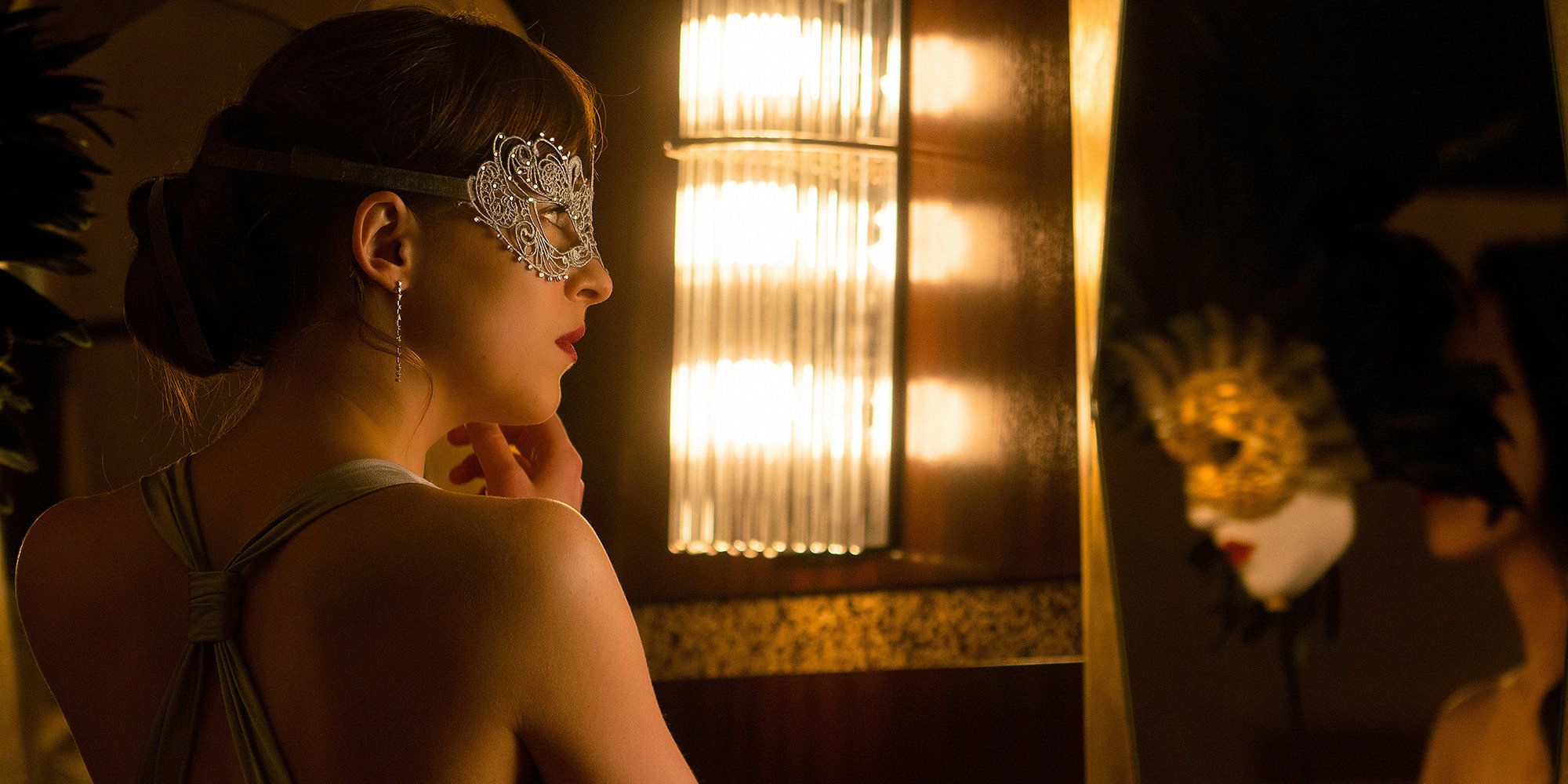Much has been written about Fifty Shades of Grey and the surprising cultural impact it's had since exploding onto the scene (after originating as Twilight fan-fiction, no less). The series has been credited with the mainstreaming of dominant/submissive relationships, although much of that has also been criticized by BDSM enthusiasts, among other groups. Its transfer from page to screen was inevitable, even though mainstream Hollywood fare has tended to avoid explicitly sexual content and themes. Even though Fifty Shades is ostensibly rather tame in its take on kink, its honest adaptation to film would have expected the strictest rating the MPAA can bestow, an NC-17 - and yet, it was rated R.
While some fans remain pleased with what both films offered, critics were more discerning and questioned the lack of real eroticism on display, which featured some nudity but nothing close to truly transgressive. Playlist called Fifty Shades Darker "monotonously dreary, everlastingly humdrum BDSM fan fiction", while Consequence of Sound commented on "its near-total lack of sex appeal." Whatever problems the Fifty Shades series has – and there are too many to count – its inability to properly explore its central sexual relationship is a continuation of Hollywood’s long and complicated history with sex.
In the silent era of film, sex, as it does today, sold. Some of the earliest examples of sex on film were erotic in nature, such as the 1915 film A Fool There Was, starring Hollywood's first marketed sex symbol Theda Bara as an evil temptress and homewrecker. Nudity was relatively commonplace, even in more prestige efforts like D.W. Griffith's epic, Intolerance. By the time Hollywood had become a major economic and cultural force in the 1920s, public controversy began to swell. After complaints from religious and political groups about several of these lurid films - as well as a variety of off-screen scandals like the alleged rape of Virginia Rappe by comedian Fatty Arbuckle - the Motion Picture Production Code came into effect to keep the pictures “clean.” Amongst desecration of the American flag, crude language and "white slavery", depictions of nudity were considered no-go areas, while "excessive or lustful kissing" was also heavily censored.
Sex wasn’t just kept off the screen; the mere suggestion of it outside of the boundaries of what was considered “morally ethical” became something to actively discourage. Suggestions of extra-marital affairs were often cut or changed to condemn the activity. Famously, the classic film Casablanca faced objections from the code to its depiction of Rick and Ilsa’s affair. The rigid enforcement of the code affected every area of Hollywood: Dancing had to downplay "indecent movements" of the body; Hemlines lowered to the point where even Betty Boop's skirt was forced to a longer length; and something as simple as showing a bedroom had to be "governed by good taste and delicacy" because the code decreed them to be inextricably tied to sex in the public's imagination. All of this led to the overwhelming attitude of Hollywood, governed by an arbitrary leader of "the American public", that sex wasn't just unsexy - it was wrong.
While the production code eventually fell out of favour in the late 50s, its replacement, the Motion Picture Association of America (MPAA) brought with it their own ratings system that struggled to overcome the prior decades of attitudes about sex and its place in entertainment. The original ratings system included an X rating, which simply meant no entrance to under 17s. An X rated film wasn't deemed to be explicitly pornographic - Midnight Cowboy famously became the first and only film with the rating to win Best Picture at the Oscars - but since so many pornographic films used the rating, the connection became synonymous to many moviegoers, thus tainting the rating as a legitimate form. The NC-17 rating, which replaced X in 1990, was intended to de-stigmatize the rating and allow films to be marketed as ‘adult fare’. Yet those films that bear the rating - from Showgirls to Blue is the Warmest Colour - carry this stigma, and with it lose out on mainstream advertising and distribution. When sex of reasonably explicit nature is shown – or even talked about, as was the case with the John Waters film A Dirty Shame – it is immediately slapped with a rating that makes it impossible to sell to wider audiences, thus essentially killing its chances at the box office.
All of this history helps us understand why modern films, at least those made by mainstream studios for a wide audience, are so stripped of eroticism. While Hollywood has mostly retired romance films and its ilk to the sidelines in favour of franchises, even a safe bet like Fifty Shades of Grey, based on one of the biggest selling series of books ever written, has to soften its edges and de-sexualize the very act of sex to appease a broken system. Films cannot take on sex in its complicated, strange, beautiful multitudes in a way that rings true – or genuinely sexy – because to do so would kill the film’s box offices chances before they’ve even started. As a result, changes were made. Even adaptations of erotica such as Anne Rice’s Exit to Eden took a more comedic approach to the material rather than play it as intended. Sex could be funny - but it couldn't be sexy.
In many ways, sex has become entirely divorced from passion in cinema. Nudity can be depicted as funny and receive a milder rating than when the act gets sexual. In the documentary This Film is Not Yet Rated, Allison Anders talked about the “denial of pleasure” in modern film, wherein sex stops being depicted as a natural act and becomes an almost inhuman practice absent from reality and our daily lives. Jason Biggs using the eponymous American Pie for a moment of self-satisfaction is deemed worthy of an R rating, whereas a scene of Michelle Williams receiving oral sex from Ryan Gosling in Blue Valentine saw the film slapped with an NC-17 (it was later changed to an R upon appeal from Harvey Weinstein).
This stigma of Hollywood is at its most insidious when it comes to scenes of LGBTQ sexual content. Blue is the Warmest Colour features extended sex scenes between two women and was rated NC-17 as a result, while Mysterious Skin’s rating due to homosexual content led IndieWire to call it "another case of the MPAA trying to distort and demean homosexuality, as the graphic sexual content (and the brief, harsh moments of sexual violence) would be entirely acceptable in an R-rated mainstream film had it involved heterosexuals." A 2015 piece from the Hollywood Reporter noted ways in which an R rating would be rewarded by the MPAA over an NC-17, including forgoing full on nudity, as well as depictions of oral sex and non-monogamous relationships. Like the original production code, there seems to be a concerted effort to police morality, and deny humanity and pleasure to those outside of its narrow realms.
As film distribution changes and television evolves with form and outlet, sex has had its moments of true sexiness, just not in major studio fare: Outlander has been praised by critics for its passionate depiction of its central relationship and the ways they use sex to explore their love; the works of Pedro Almodovar have seldom shied away from depicting the act in various forms; Todd Haynes’s wonderful drama Carol embraced its central female pair’s explicitly sexual relationship (although it was also a box office disappointment and missed out on major Oscar nominations). When not concerned with appeasing an outdated model of supposed decency, creators’ ability to truly explore sex and sexuality becomes easier and more satisfying.
As long as cinema is forced to adhere to decades of ideas about sex and its ties, tangible or otherwise, to morality, stories about sex will remain difficult to truly tell in a way that feels true as well as sexy. Perhaps that’s why Fifty Shades Darker will make its money back and then some (although The Lego Batman Movie is proving to be surprisingly tough competition at the box office): Because, as sanitized as it is, and as profoundly dull and safe as its sterilized depiction of kink is, it’s the closest mainstream cinema may get to transgressive. Sex sells, but the market seems unwilling to provide the product.




